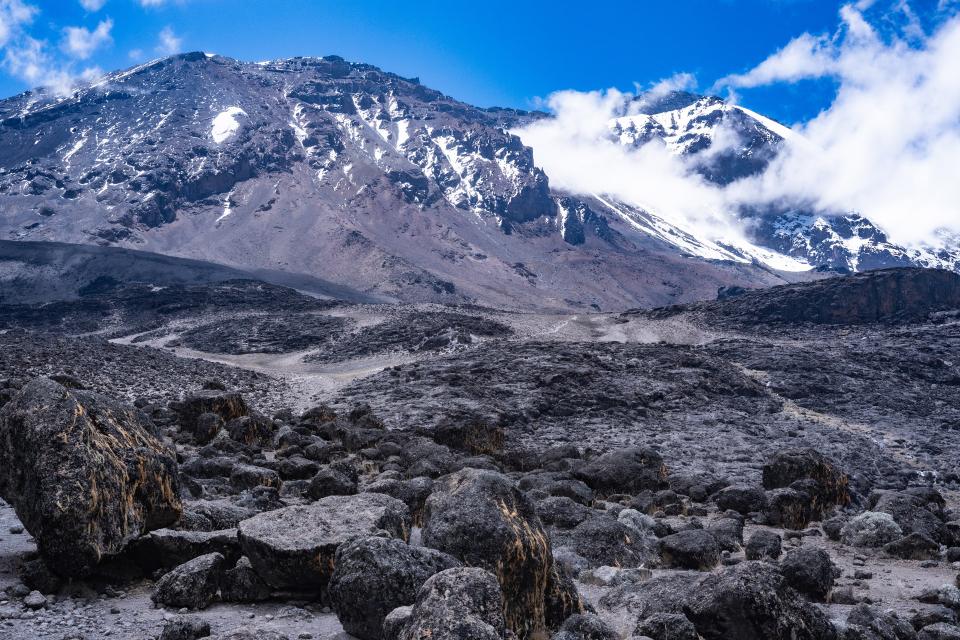
Mount Kilimanjaro National Park
Mount Kilimanjaro National Park. Mount Kilimanjaro National Park is the thrilling and exceptional safari destination located in the Kilimanjaro Region of Tanzania, 300 kilometres south

Mount Kilimanjaro National Park. Mount Kilimanjaro National Park is the thrilling and exceptional safari destination located in the Kilimanjaro Region of Tanzania, 300 kilometres south
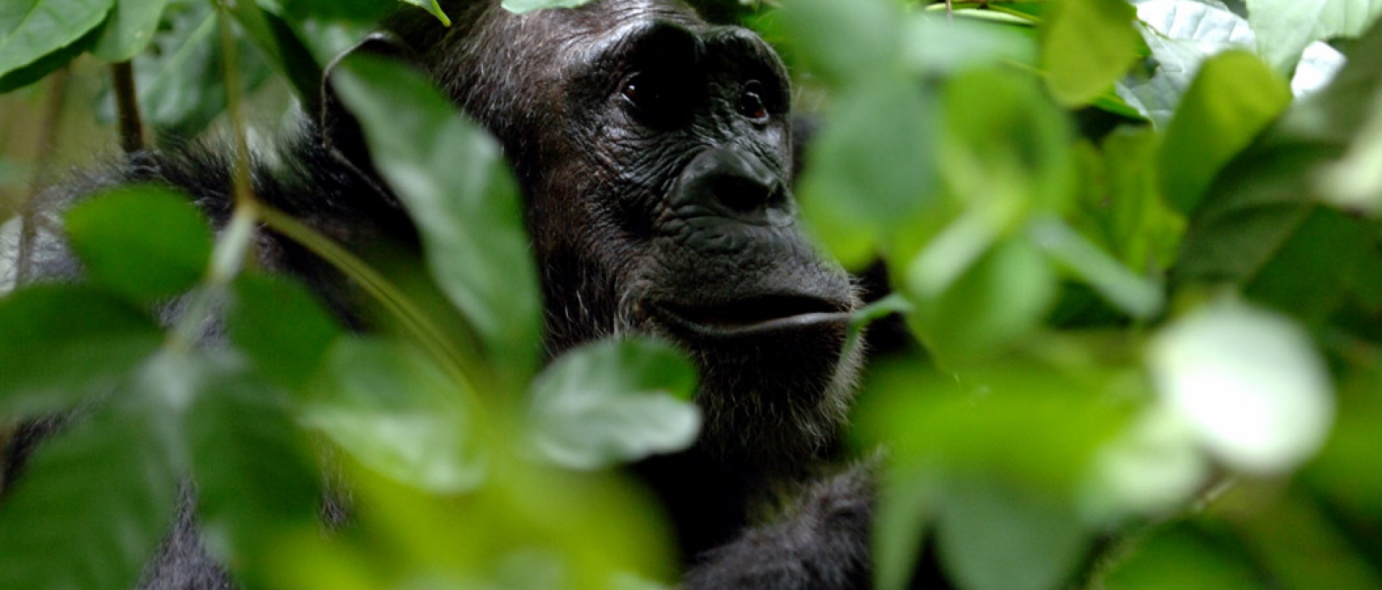
Mahale Mountains National Park. Mahale Mountains National Park is an outstanding safari destination to see wildlife on a Tanzania safari, especially chimpanzees. This magical Tanzania safari
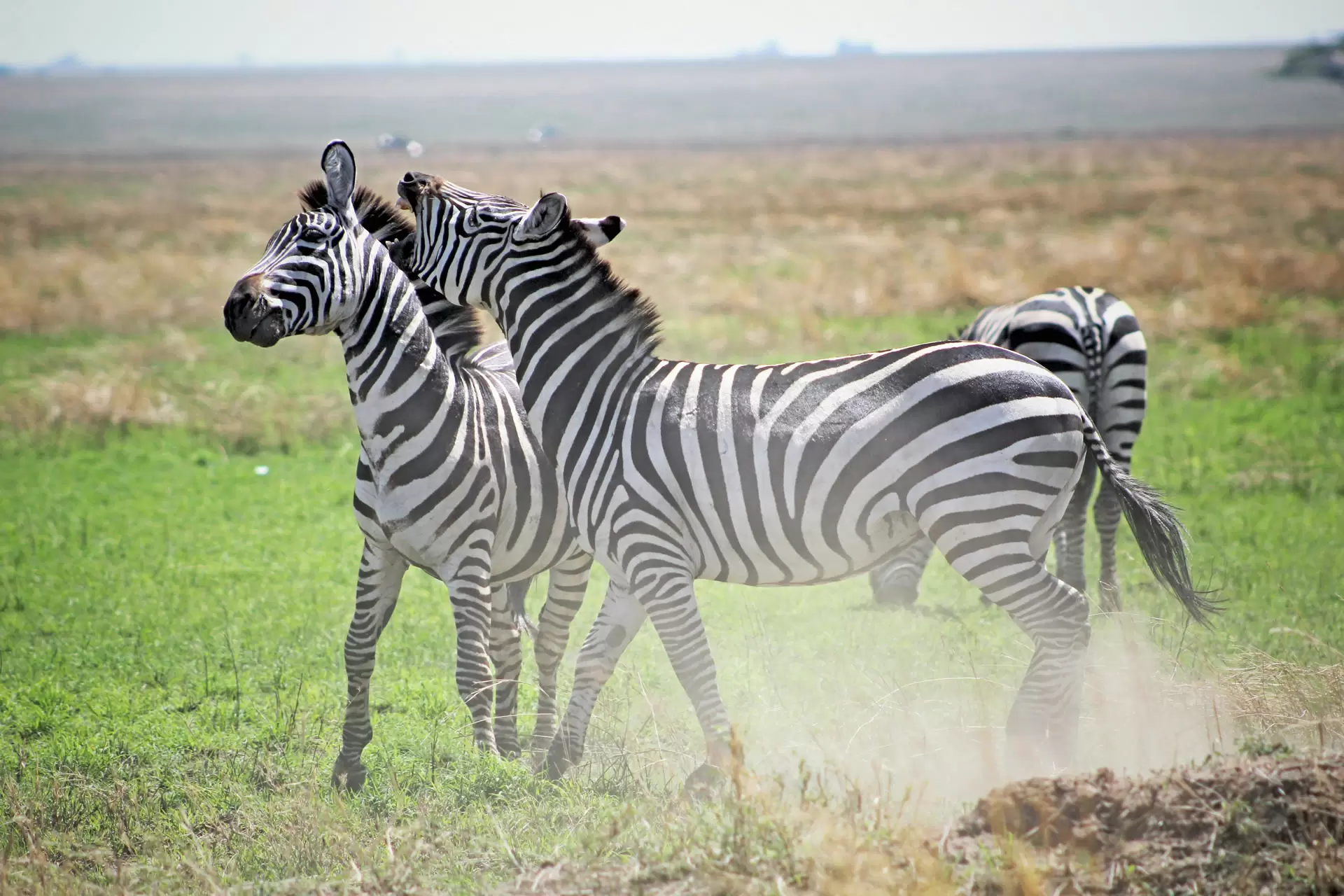
Ngorongoro conservation Area. Ngorongoro conservation area is a protected and a UNESCO World Heritage Site located in northern Tanzania. Ngorongoro conservation area covers an area
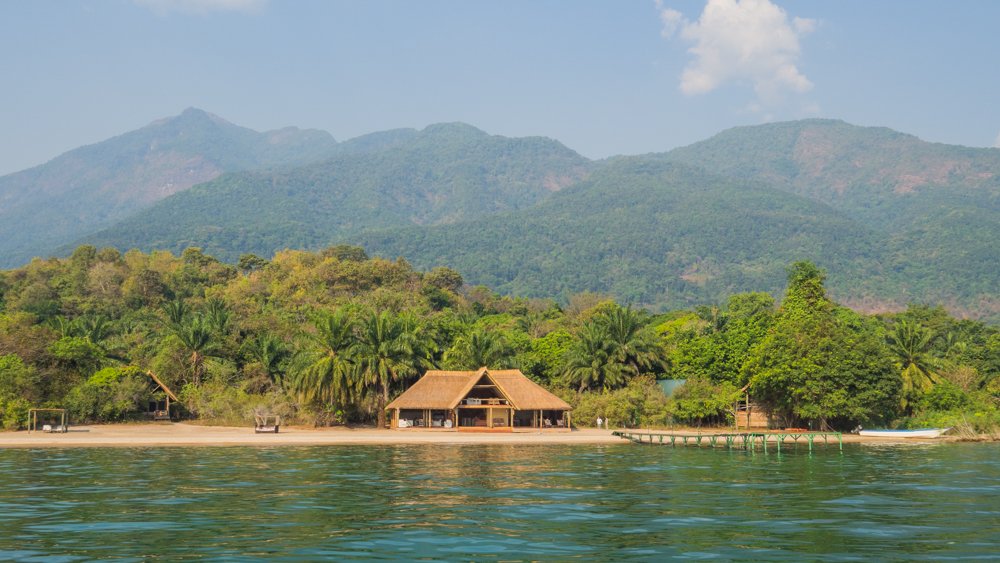
Muhale Mountain National Park is one of Tanzania’s lesser-known but breathtakingly beautiful national parks, characterized by lush montane forests, diverse wildlife, and stunning landscapes. Nestled

Ruaha National Park. Ruaha National Park is Tanzania’s unique and then attractive safari destination that is located in the West of Iringa town in South-Central
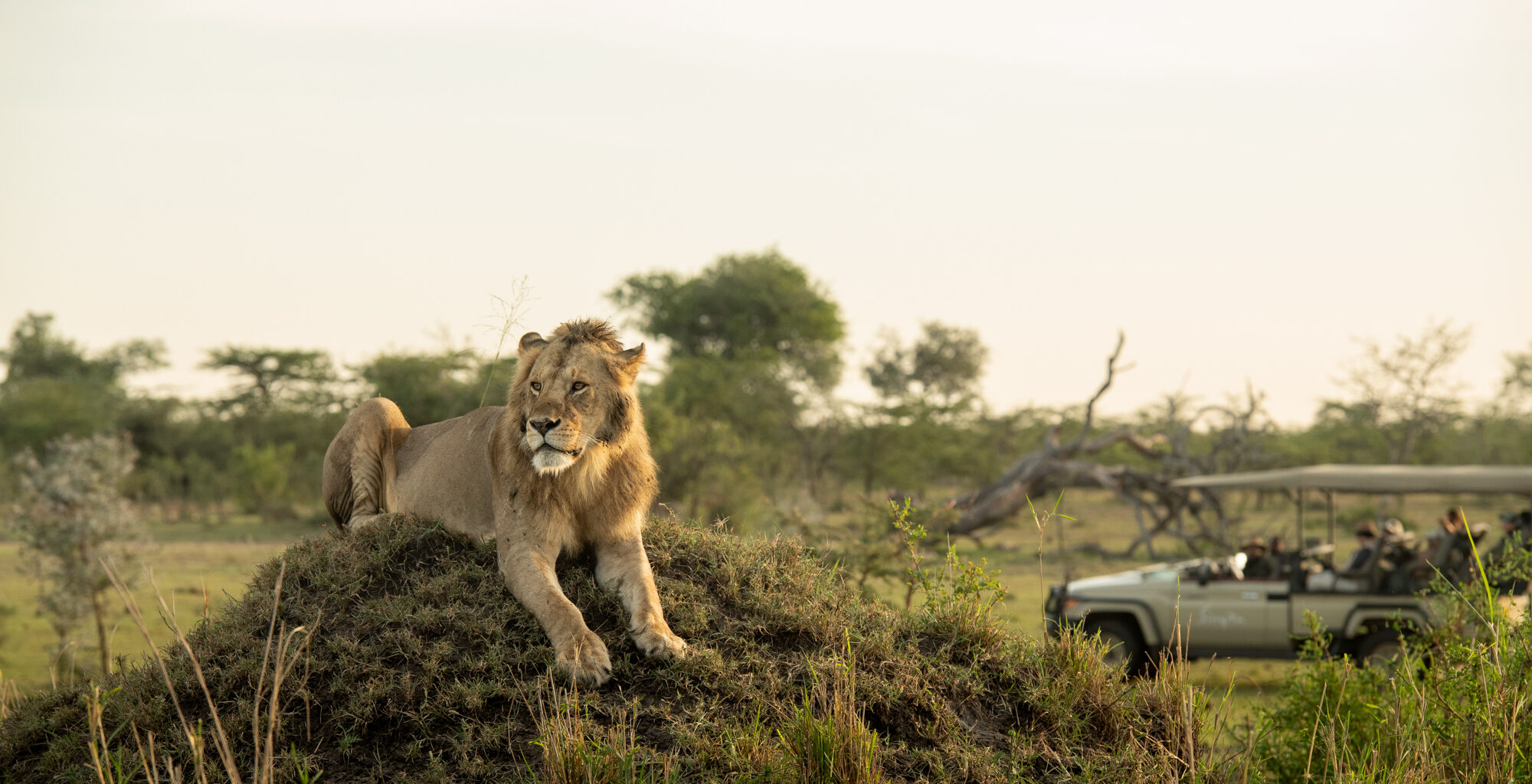
The Grumeti Game Reserve is a stunning wildlife conservation area in Tanzania, located in the western corridor of the Serengeti ecosystem. Covering approximately 350,000 acres,
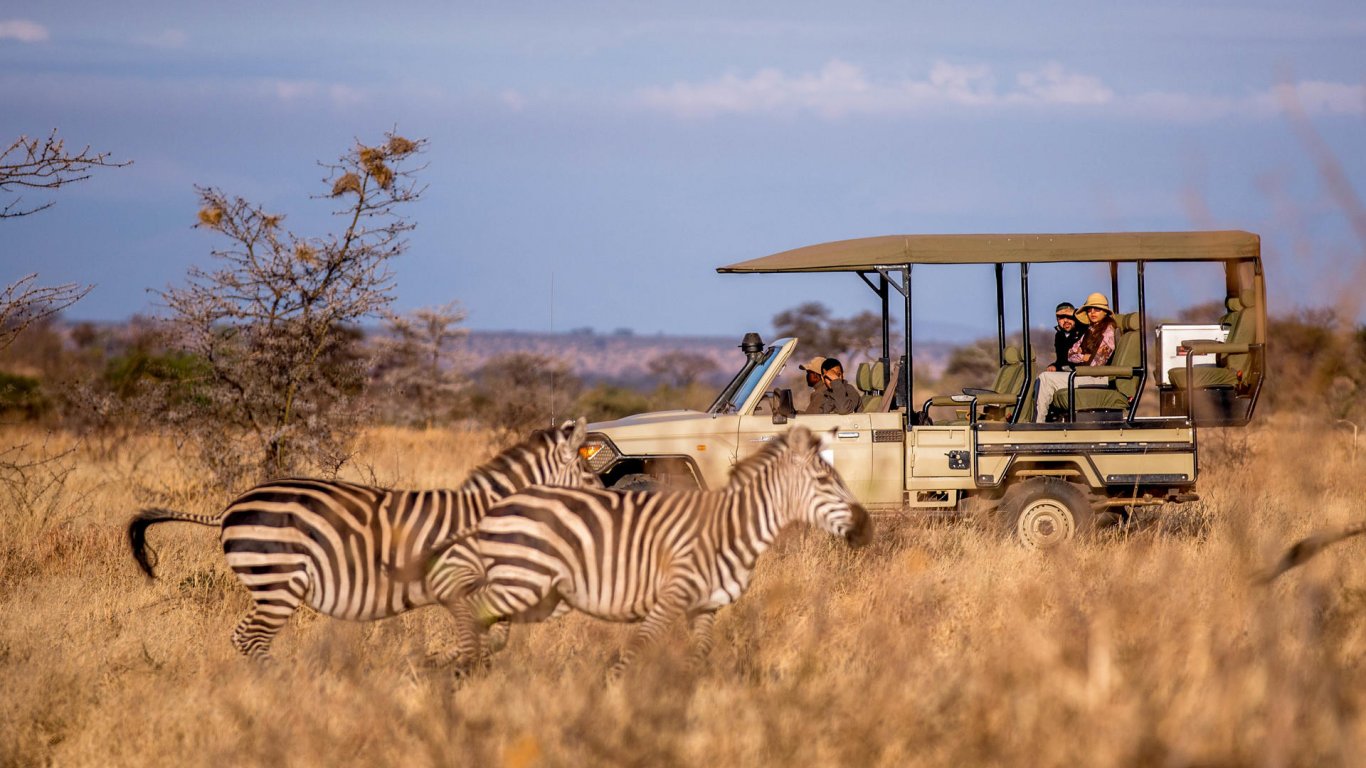
Selous National Park, located in southern Tanzania, is one of Africa’s largest and most untouched wilderness areas. Covering approximately 50,000 square kilometers, it is a
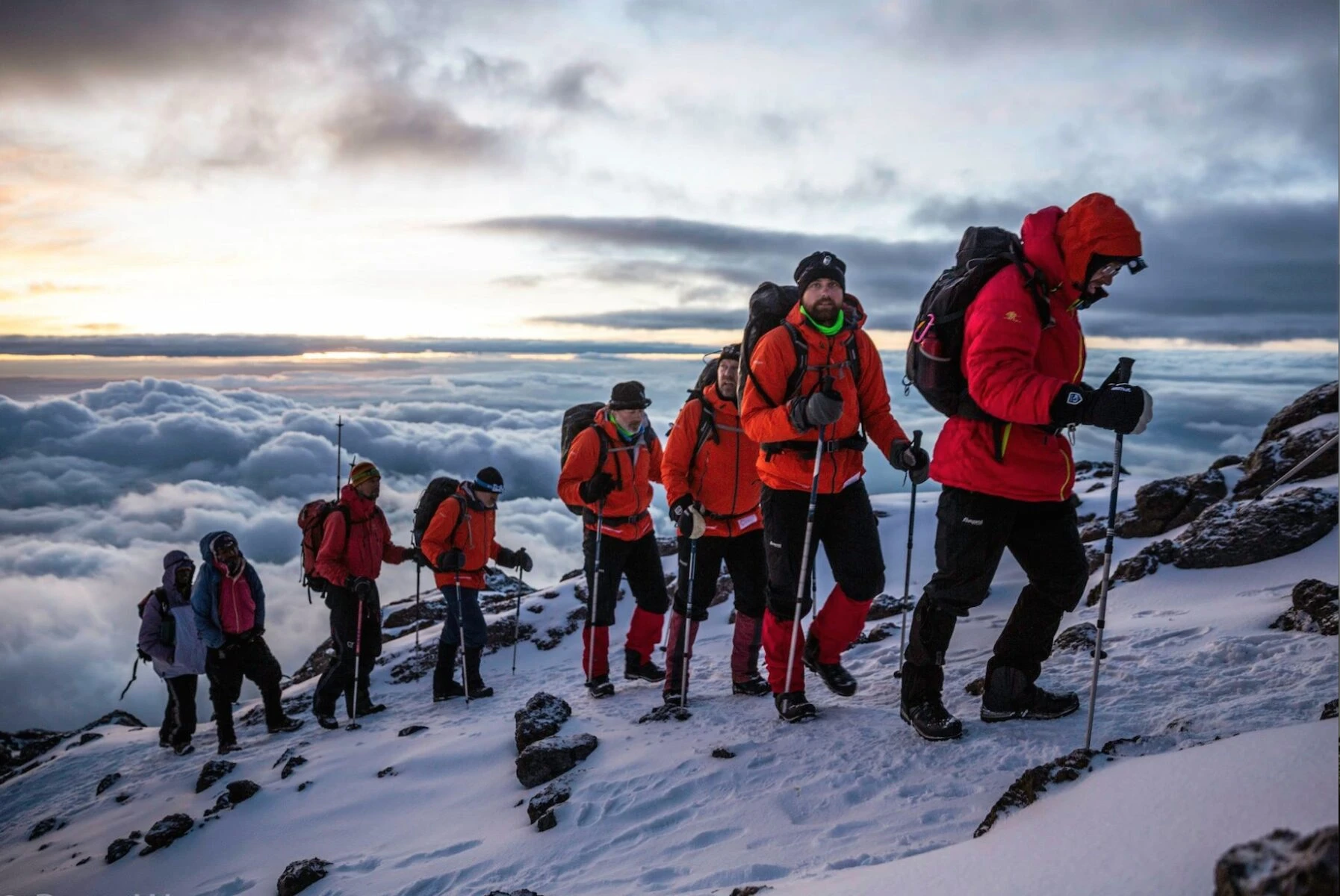
Mount Kilimanjaro, located in Tanzania, East Africa, is the highest mountain in Africa, standing at 5,895 meters (19,341 feet) above sea level. It is a
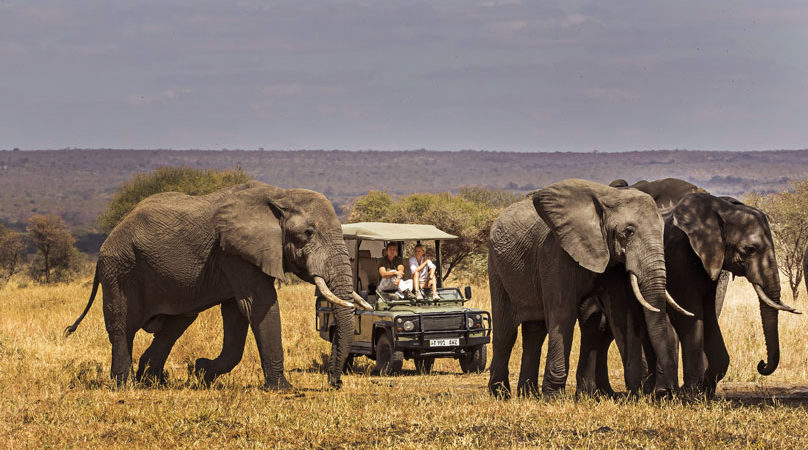
Tarangire National Park. Tarangire National Park is Tanzania’s attractive and famous in the northern circuit. The park is in the south of Lake Manyara, this

Ngorongoro Crater, often referred to as the “Eighth Wonder of the World,” is one of Africa’s most breathtaking natural landmarks. Located in northern Tanzania, this
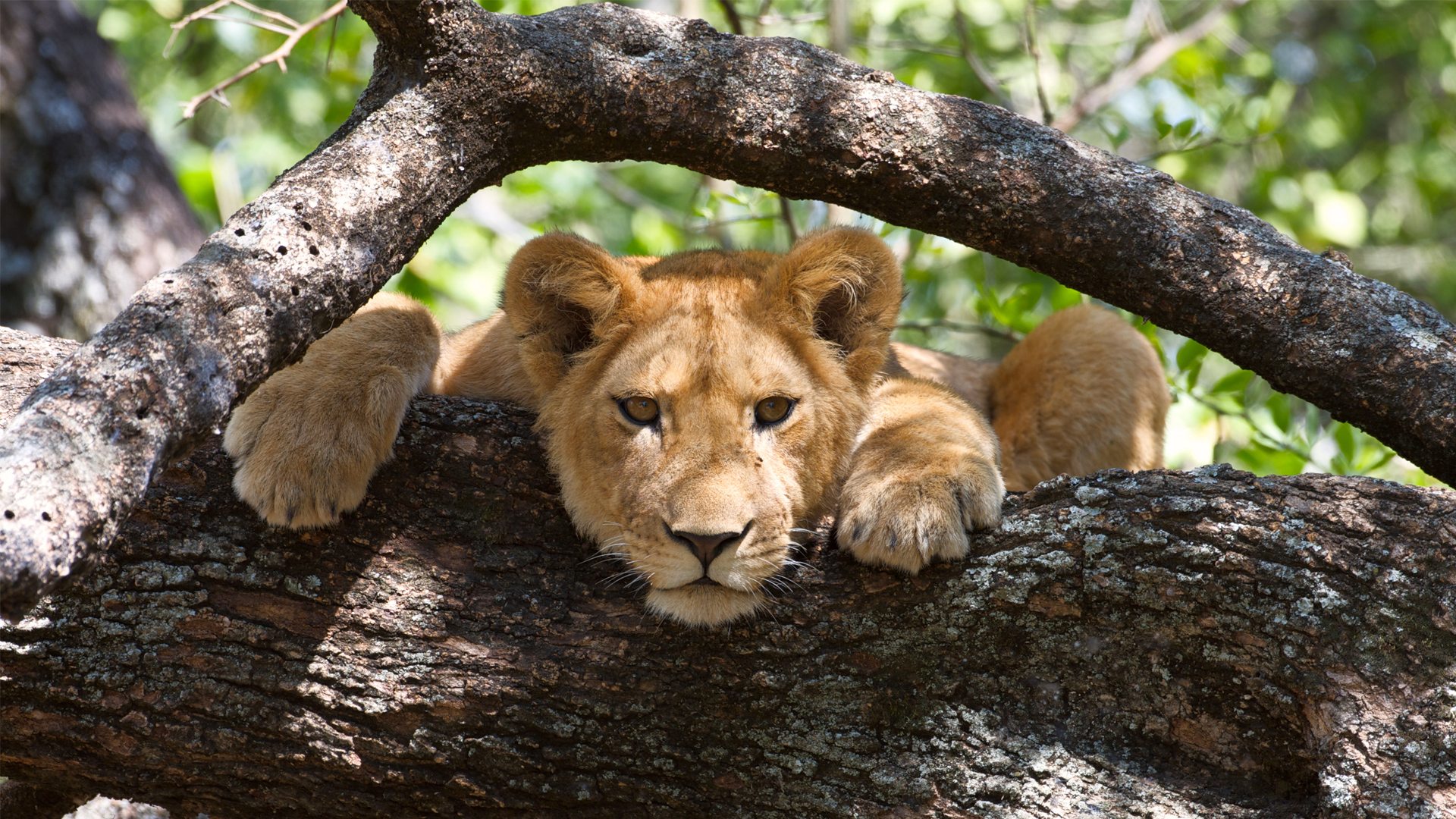
Lake Manyara National Park. Lake Manyara National Park is one of the stunning safari destination in Tanzania. It is in the Arusha and Manyara regions, and

Serengeti National Park Serengeti National Park is one of the perfect destinations on Earth to go on a safari to view animals is the Serengeti
The Plains of The Serengeti
Witness the awe-inspiring Great Migration of the Serengeti. Located in the heart of Tanzania, the Serengeti provides an ideal habitat for a variety of diverse wildlife such as giraffe, waterbuck, hippo, elephant, hyena, lion, and much more. Visitors can enjoy game viewing, fascinating cultural tours, thrilling horse riding safaris, and even hot air balloon rides to take in a bird’s eye view of the exceptionally scenic Tanzanian landscape.
Nothing can match the awe-inspiring wildlife encounter of the annual Wildebeest Migration; it lies at the core of most Tanzania safari itineraries. Featuring over 2 million wildebeest, antelope and zebra, this is a not-to-be-missed experience with herds that are so vast that they are even visible from space! The Great Wildebeest Migration is a display of mother nature at its finest, don’t miss the chance to view one of the Seven Natural Wonders of Africa. Visitors can look forward to observing this incredible spectacle at the Serengeti National Park – Tanzania’s flagship conservation area. Observe the dramatic river crossings, enjoy unbeatable game viewing and soak up the beauty of the spectacularly
Lake Manyara National Park
Arusha’s proximity makes Lake Manyara National Park the typical starting point of a multi-destination Tanzania safari. At the foot of the Great Rift Valley escarpment is this magnificent park. The perfect home for gazelles, impala, buffalo, wildebeest, the renowned tree climbing lion, hyena, baboon, giraffe, hippos, and many other smaller species, Lake Manyara is made up of forest, woodland, grasslands, and marshes. With over 350 different species of birds, storks, and a large number of flamingos, Lake Manyara is also a magnificent location for particular interest excursions like bird viewing.
Ngorongoro Crater
The unique nature of this area has made it to a favourite safari destination in East Africa.
Northern Tanzania is home to the Ngorongoro Crater, one of Africa’s most famous safari destinations and a renowned UNESCO World Heritage Site. This ancient crater formed over 2.5 million years ago when a giant volcano erupted and collapsed on itself, creating an enclosed ecosystem and the world’s largest unbroken caldera – making it one of the Seven Natural Wonders of Africa.
It is the best place to spot the Big Five in East Africa while offering a host of breathtaking natural landscapes home to a wealth of diverse wildlife. The biodiverse terrain boasts a combination of forest, wetlands, and grasslands that provide various habitats for an array of animals, including globally threatened species. Don’t miss the opportunity to enjoy excellent bird watching, game viewing, hiking, mountain biking, and visiting a local Maasai village for a rich cultural experience.
Lake Tanganyika
The world’s longest and second-deepest freshwater lake, nestled between four African nations. Stretching over 673 kilometers, its crystal-clear waters host an incredible amount of endemic fish species, making it a haven for aquatic enthusiasts and researchers alike. Discover the lush forests teeming with diverse wildlife, including chimpanzees in Mahale Mountain and Gombe Stream National Parks. Immerse yourself in lakeside tranquility, relax on secluded sandy beaches, or set sail on a traditional dhow to explore hidden coves.
Tarangire National Park
In terms of amount and variety of species, Tarangire, one of Tanzania’s less well-known game parks, rivals the Serengeti. For those who wish to go on safari and see fewer other tourists and more animals, especially elephants as it is known for frequent sightings of them, it is an excellent alternative. It is well known that the Tarangire National Park is a fantastic location for bird watching. During the dry season, the Tarangire River is the only source of water in the area, which makes for good sightings as it draws in the wide variety of species found in the reserve. The region is also a photographer’s dream because to the quantity of beautiful baobab trees and the vast marshlands that round much of the reserve.
Zanzibar
Tanzania offers a winning combination of exceptional game viewing and dazzling tropical islands. The undeniable highlight and jewel in the aquamarine waters of the Indian Ocean is the archipelago of Zanzibar. Characterized by exquisite palm-fringed white sand beaches lapped by turquoise waters teeming with exotic marine life and magical coral gardens, this island paradise is renowned as one of the most romantic honeymoon destinations in the world.
Visitors can look forward to exploring the collection of sleepy fishing villages, discovering the labyrinthine alleyways of old Stone Town and soaking up the African sun on a postcard-perfect beach. Discover some of the world’s best diving sites around Pemba Island, swim with whale sharks near Mafia Island, or relax in the lap of luxury on Mnemba Island, an exclusive private island paradise.
A sun-kissed tropical island is the perfect place to end your Tanzanian safari experience. After enjoying myriad safari adventures, end your Tanzanian holiday with a stay on an enchanting island paradise.
Mount Kilimanjaro
Ascend to the roof of Africa and conquer Mount Kilimanjaro, the continent’s tallest peak, soaring at 5,895 meters above sea level. This dormant volcanic giant, nestled within Tanzania’s Kilimanjaro National Park, lures adventurers from around the globe seeking the ultimate mountain challenge. Hike through a stunning array of ecosystems, from verdant rainforests and moorlands to alpine deserts and glaciers, witnessing diverse flora and fauna along the way. Revel in the camaraderie of fellow climbers, guided by skilled local porters and guides, as you experience the exhilarating triumph of reaching Uhuru Peak. Mount Kilimanjaro offers a truly unforgettable, bucket-list-worthy adventure.
Selous National Park
Four times the area of the Serengeti, the Selous Wildlife Reserve is the biggest game reserve in Africa. It has a diversified environment with hot volcanic springs, occasional lakes, and channels from the Great Ruaha & Rufiji rivers. The park is well known for its elephants, hippos, and rhinos, but it also boasts a wide variety of other animals, including the greatest population of zebras, giraffes, wildebeest, eland, reedbucks, bushbucks, waterbucks, warthogs, and brindled and Nyasaland gnus in Africa. Although cheetah sightings are uncommon, other common animals include the lion, leopard, spotted hyena, and wild dogs.
Best times to visit
The best times to visit Tanzania for a safari holiday depend on your specific interests and the experiences you’re looking for. However, the dry season and the shoulder seasons are generally considered the most favorable periods for a safari in Tanzania.
Dry season (June to October): The dry season offers excellent wildlife viewing opportunities, as the lack of water forces animals to
congregate around water sources, making them easier to spot. The dry season also has cooler temperatures, fewer mosquitoes, and a lower risk of malaria. This period is particularly popular for visiting the Serengeti National Park and Ngorongoro Crater. However, this is the peak tourist season, so expect higher prices and more crowded lodges.
Shoulder seasons (January to February and November): These transitional months can offer a good balance between wildlife viewing and fewer tourists. The weather is generally pleasant, with moderate temperatures and occasional rain showers. The calving season for the wildebeest migration in the southern Serengeti takes place between January and February, making it an exciting time to witness this natural phenomenon. Wildlife sightings may be more unpredictable during the short rains in November, but the changing landscapes and lower tourist numbers can make for a more exclusive experience.
Green season (March to May): This period is characterized by the long rains, which bring lush vegetation and abundant birdlife. While wildlife sightings can be more challenging due to the thicker foliage, it’s a great time for bird watching and observing the vibrant landscapes. The green season typically has lower tourist numbers and reduced accommodation rates, but keep in mind that some lodges and camps may be closed during this time due to weather conditions.
